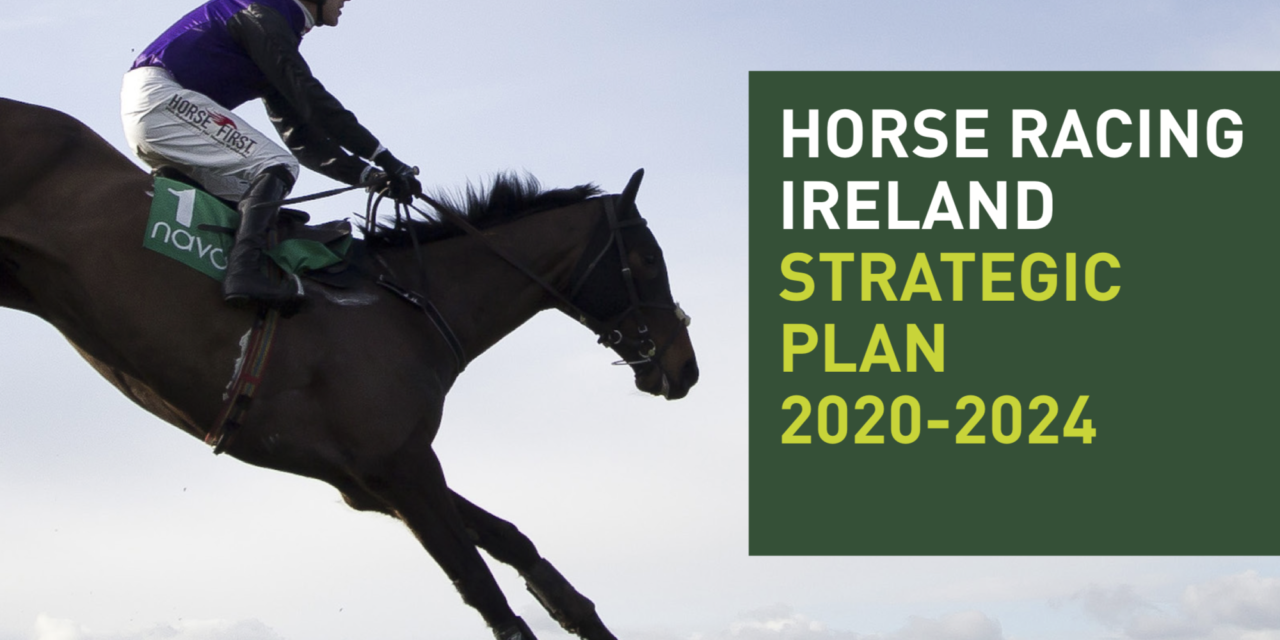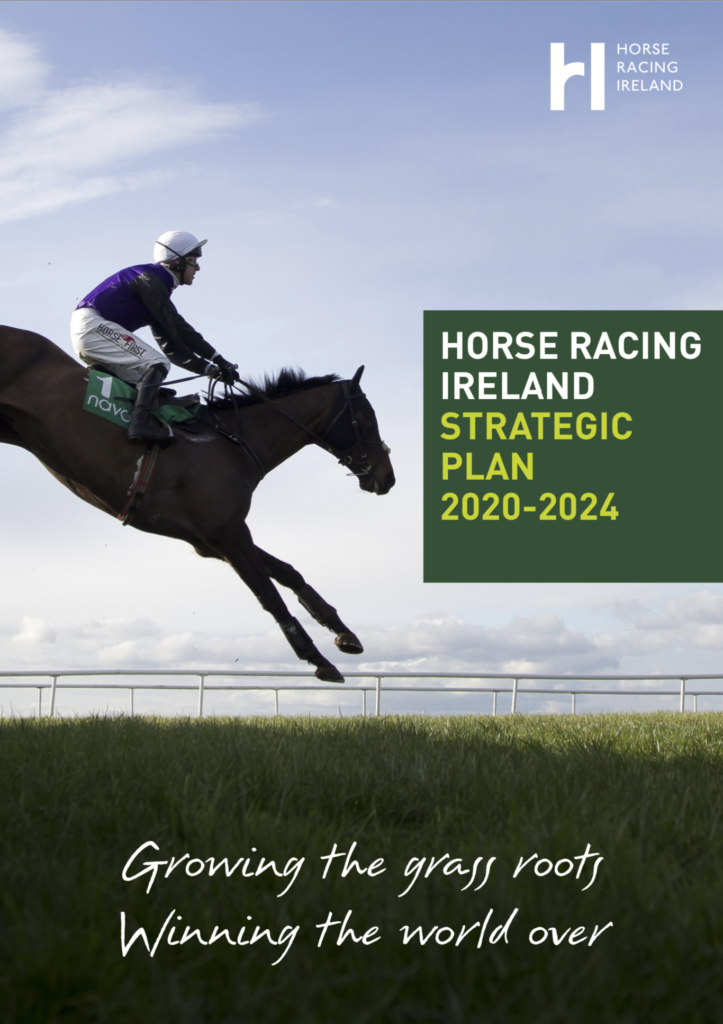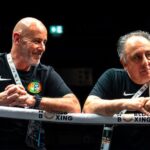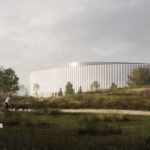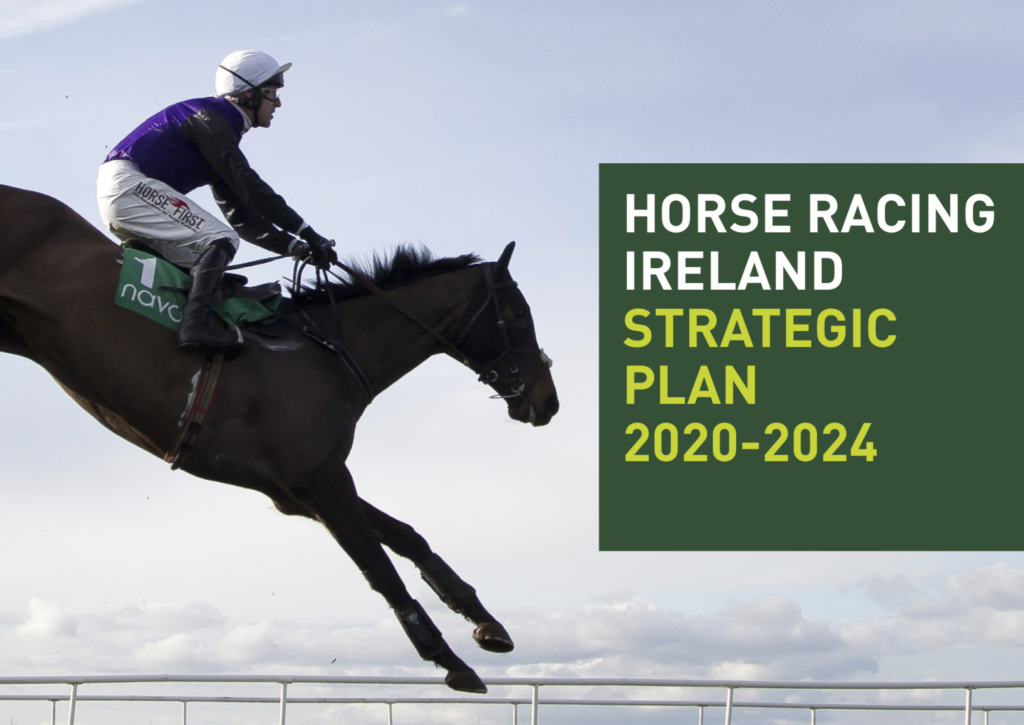
The document which can be downloaded in full below sets out clear actions and expected outcomes across six well defined strategic objectives.
These include driving an increase in the return on government investment, significantly improving the worth of the industry to the rural economy and building on the numbers employed across the country.
The Strategic Plan also targets participation at all levels of the industry with increased fixtures, a second all-weather track, an increase in the minimum race value and a programme of equine welfare initiatives.

“The most recent analysis of our sport shows that for every euro of government support the racing and breeding industry receives, it returns over €30 to the economy, mostly in rural Ireland,” said HRO Chair Nicky Hartery.
“This strategic plan seeks to build on that dynamic and further grow what is a sustainable and indigenous industry. Horse racing and breeding play a vital role in the rural economy and the delivery of this plan will increase the positive impact the industry has all over the country.”
“The areas we have identified that will deliver our vision are: increased participation at all levels; a focused plan to broaden the interest and appeal of racing; ensuring that we have the best employment policies for our industry; and building on our strong record to ensure the best-in-class integrity and equine welfare standards. All of this will need investment and that is contingent upon the delivery of a sustainable funding model for our industry.”
“Following a series of changes in betting tax arrangements, off-course betting duty collected by the government in the year amounted to €94m in 2019. This figure comfortably exceeds Exchequer funding provided to horse racing and projected growth in these receipts in the coming years will allow for a progressive increase in funding to €98m by 2024 at a reduced cost to the Exchequer.”
Increasing ownership and participation is a long-held priority for Horse Racing Ireland. 2019 delivered healthy increases in the number of new and total owners and, consequently, the number of horses-in-training.
“The current number of horses-in-training stands at close to 9,000 and it is our aim to grow that figure to over 10,000 in the next five years,” added Horse racing Ireland CEO Brian Kavanagh.
“These extra horses with be catered for with an expanded fixture list and it is our objective to increase the overall prize fund to €90m by 2024, raising the minimum race value to €12,500 to broaden the distribution of prize money to owners, trainers, jockeys and stable staff at all levels.”

The aim of broadening the interest and appeal will focus on raising the profile of horseracing in Ireland. There will be a greater emphasis in the promotion and marketing of racing by the racecourses themselves and, in turn, growing sponsorship and brand activation of Irish horse racing.
“Attendance figures continue to grow,” added Kavanagh. “It is important that this trend continues and we are confident of reaching our targets by broadening interest and appeal in Irish horse racing with a number of initiatives including continued roll-out of the racecourse Wi-Fi scheme, a loyalty programme and an enhanced advance tickets sales strategy which will be in place by next year with the target of 1.5m racegoers in 2024.”
“A contribution of up to €30m will be put towards a new capital development scheme of at least €70m to support racecourses throughout Ireland, improving facilities for both customers and those working in the industry. One of the key projects within the new fund will be the creation of a second all-weather track as part of a major redevelopment of Tipperary Racecourse and its surroundings, and the provision of one stable per horse for runners at all racecourses by 2022.”
There is plenty more to get stuck into in the detailed document which can be accessed by clicking on the image below.


 Image Credit: Horse Racing Ireland
Image Credit: Horse Racing Ireland

